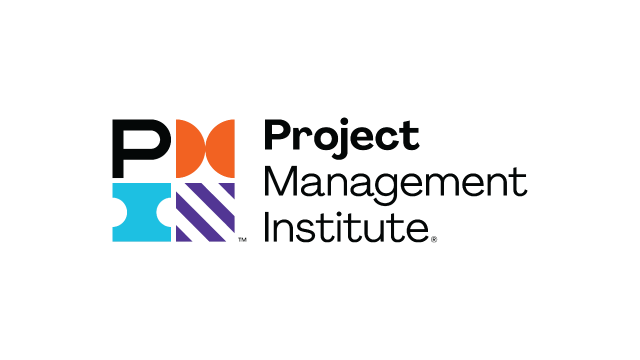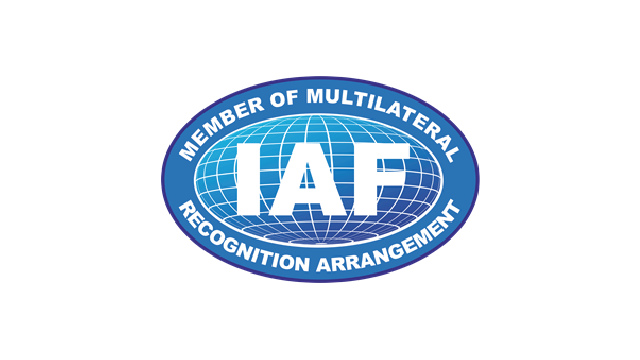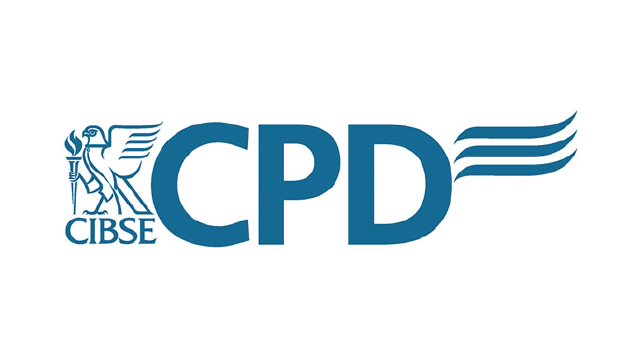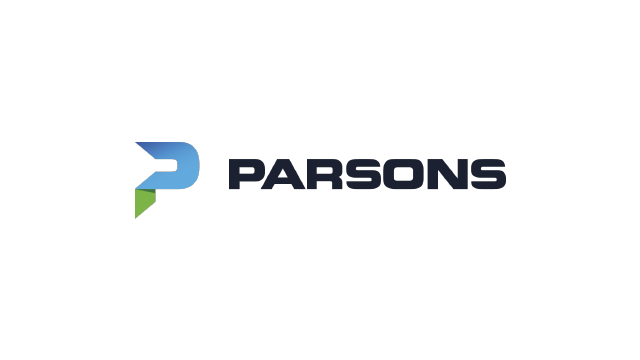IT Telecommunication Now,
Committed to International Standards and Unwavering Quality
t10 IT Telecommunication Services
At T10, we go beyond traditional IT Telecommunication solutions by offering a comprehensive range of value-added services that enrich your communication experience and provide added value to your business. Our value-added services are designed to enhance the functionality, efficiency, and security of your IT telecommunication systems, ensuring seamless connectivity and unlocking new possibilities for your organization.
Whether you are a small business, a large enterprise, or an individual seeking to optimize your communication infrastructure, our value-added services cater to your unique needs.
We recognize the importance of providing a seamless and consistent communication experience across multiple channels. That’s why we offer comprehensive omni-channel solutions that empower your organization to connect with customers and stakeholders effortlessly, regardless of their preferred communication channel. Our omni-channel services are designed to streamline your communication processes, enhance customer engagement, and drive business growth.
Transform Your Vision into Reality with Custom Software Development
At T10, we specialize in delivering custom software development solutions that align perfectly with your unique business requirements. Our expert team of software engineers and developers works closely with you to understand your vision, and then transforms it into robust, scalable, and innovative software solutions that drive efficiency, productivity, and growth.
Embrace the Future with Innovative Emerging Technology Solutions
We are at the forefront of leveraging emerging technologies to drive innovation and create transformative solutions for businesses like yours. Our dedicated team of experts stays updated with the latest advancements in emerging technologies and harnesses their potential to help you gain a competitive edge and navigate the ever-evolving digital landscape.
Empowering Your Business with Comprehensive Information Technology Solutions
At T10, we specialize in delivering comprehensive Information Technology (IT) solutions that empower businesses to thrive in today’s digital landscape. With our expertise and deep understanding of IT infrastructure, systems, and processes, we provide tailored solutions that address your unique business needs, drive operational efficiency, and unlock new growth opportunities.
VAS SERVICES
SMS marketing has emerged as an effective way to reach out to customers in a personalized and direct manner. With the widespread use of mobile phones, SMS marketing has become an integral part of any comprehensive marketing strategy. It allows businesses to send targeted messages to customers, informing them about promotions, sales, and other important updates. SMS marketing is also cost-effective, as it requires minimal investment compared to other marketing channels. With the ability to track and measure the success of campaigns, businesses can refine their SMS marketing strategies to maximize their impact. Overall, SMS marketing is a powerful tool for businesses to engage with their customers and drive revenue growth.
We would love to hear from you about your SMS marketing needs. Our team of experts is always ready to assist you with any queries or concerns you may have. To get in touch with us, you can Contact us at [email protected]. We look forward to hearing from you and helping you make the most of your SMS marketing campaigns!
Using WhatsApp for Business as part of an omnichannel strategy can be very effective, as it is a very popular messaging app with over 2 billion active users worldwide. By integrating WhatsApp into your overall communication strategy, you can reach more customers, provide faster and more efficient customer service, and increase customer satisfaction.
Here are some tips for using WhatsApp for Business as part of an omnichannel strategy:
- Offer customers the option to contact you through WhatsApp on your website, social media pages, and other channels.
- Use WhatsApp’s automated messages and chatbots to provide prompt and personalized responses to common queries.
- Use labels to organize conversations and assign them to specific team members to ensure that all customer inquiries are addressed.
- Integrate WhatsApp with your customer relationship management (CRM) system to keep track of customer interactions across all channels.
- Use WhatsApp’s catalog feature to showcase your products and services and enable customers to browse and purchase directly through the app.
By using WhatsApp for Business as part of an omnichannel strategy, you can provide a seamless and integrated customer experience, increase customer engagement, and ultimately, drive more sales for your business.
SMS marketing has emerged as an effective way to reach out to customers in a personalized and direct manner. With the widespread use of mobile phones, SMS marketing has become an integral part of any comprehensive marketing strategy. It allows businesses to send targeted messages to customers, informing them about promotions, sales, and other important updates. SMS marketing is also cost-effective, as it requires minimal investment compared to other marketing channels. With the ability to track and measure the success of campaigns, businesses can refine their SMS marketing strategies to maximize their impact. Overall, SMS marketing is a powerful tool for businesses to engage with their customers and drive revenue growth.
We would love to hear from you about your SMS marketing needs. Our team of experts is always ready to assist you with any queries or concerns you may have. To get in touch with us, you can Contact us at [email protected]. We look forward to hearing from you and helping you make the most of your SMS marketing campaigns!
Using WhatsApp for Business as part of an omnichannel strategy can be very effective, as it is a very popular messaging app with over 2 billion active users worldwide. By integrating WhatsApp into your overall communication strategy, you can reach more customers, provide faster and more efficient customer service, and increase customer satisfaction.
Here are some tips for using WhatsApp for Business as part of an omnichannel strategy:
- Offer customers the option to contact you through WhatsApp on your website, social media pages, and other channels.
- Use WhatsApp’s automated messages and chatbots to provide prompt and personalized responses to common queries.
- Use labels to organize conversations and assign them to specific team members to ensure that all customer inquiries are addressed.
- Integrate WhatsApp with your customer relationship management (CRM) system to keep track of customer interactions across all channels.
- Use WhatsApp’s catalog feature to showcase your products and services and enable customers to browse and purchase directly through the app.
By using WhatsApp for Business as part of an omnichannel strategy, you can provide a seamless and integrated customer experience, increase customer engagement, and ultimately, drive more sales for your business.
OMNICHANNEL
Chatbots are automated software programs that can interact with customers through a chat interface. They can help customers with basic inquiries and tasks, freeing up your team to focus on more complex issues.
In addition to phone support, you can also consider implementing voice-based channels such as voice assistants (e.g. Alexa or Google Assistant) or interactive voice response (IVR) systems.
Video can be a powerful tool for engaging with customers, providing product demonstrations, or offering personalized support. Consider implementing video conferencing or video support options.
SMS messaging can be a convenient and quick way to communicate with customers. You can use SMS to send notifications, reminders, and updates.
In addition to social media platforms, you can also consider social messaging apps such as Facebook Messenger, Instagram DMs, or Twitter DMs.
Consider creating online communities or forums where customers can connect with each other and share their experiences and questions.
Email is a popular channel for businesses to communicate with their customers. Make sure to have a dedicated email address for customer inquiries and support.
Provide a phone number for customers to call and speak with a representative for any questions or issues they may have.
Implement a live chat feature on your website to allow customers to communicate with your team in real-time. This can be especially useful for customers who prefer immediate answers.
Include links to your social media pages on your website, and ensure that your team is responsive to messages and comments on these platforms.
As we discussed earlier, WhatsApp for Business can be a great addition to your omnichannel strategy. Additionally, you may want to consider other messaging apps such as Facebook Messenger or WeChat, depending on your target audience.
Provide self-service options on your website, such as an FAQ page or knowledge base, to allow customers to find answers to their questions without having to contact your team.
If your business has a physical location, make sure to provide information on your website about how customers can visit and interact with your team in person.
EMERGING TECHNOLOGIES
Refers to the network of physical objects, sensors, and other devices that are connected to the internet and can communicate with each other. IoT applications span a wide range of industries, including healthcare, manufacturing, transportation, and smart homes.
Covers the use of AI and machine learning technologies in telecommunications, including natural language processing, chatbots, and predictive analytics. AI and machine learning can improve the efficiency and accuracy of various telecommunications tasks, such as customer service and network management.
Refers to the network of physical objects, sensors, and other devices that are connected to the internet and can communicate with each other. IoT applications span a wide range of industries, including healthcare, manufacturing, transportation, and smart homes.
Covers the use of AI and machine learning technologies in telecommunications, including natural language processing, chatbots, and predictive analytics. AI and machine learning can improve the efficiency and accuracy of various telecommunications tasks, such as customer service and network management.
INFORMATION TECHNOLOGY
encompasses the physical and logical components that make up a network, including routers, switches, firewalls, and other networking equipment. It also includes the design and implementation of network architecture, as well as the configuration and management of network security protocols.
Network protocols: These protocols define the rules and procedures for communication between network devices. They include TCP/IP, HTTP, FTP, DNS, and SNMP. You can explain that these protocols enable devices to communicate with each other and exchange data over a network.
Transport protocols: These protocols provide end-to-end communication services for applications that run on top of network protocols. They include TCP and UDP. You can explain that these protocols ensure that data is transmitted reliably and efficiently between devices.
Security protocols: These protocols provide secure communication between devices and systems. They include SSL/TLS, IPsec, and SSH. You can explain that these protocols are used to protect data from unauthorized access, theft, or damage.
File transfer protocols: These protocols define the rules for transferring files between systems. They include FTP, SFTP, and SCP. You can explain that these protocols allow users to transfer files between devices and systems securely and efficiently.
Email protocols: These protocols define the rules for sending and receiving email messages. They include SMTP, POP3, and IMAP. You can explain that these protocols enable users to send and receive email messages over the internet.
VoIP protocols: These protocols define the rules for transmitting voice and multimedia traffic over IP networks. They include SIP and RTP. You can explain that these protocols enable users to make voice and video calls over the internet.
Refers to the integration of various communication tools and services into a single platform, including voice, video, messaging, and presence. Unified communications solutions aim to improve productivity and collaboration among teams by enabling seamless communication across different devices and networks.
Refers to the use of cloud-based communication services, such as cloud-based phone systems, virtual meetings, and contact centers. Cloud communications provide flexibility, scalability, and cost savings by eliminating the need for on-premises hardware and infrastructure.
Covers the technologies and practices involved in managing and securing mobile devices, such as smartphones and tablets, in a corporate environment. It also includes the development of mobile applications and the integration of mobile devices into a broader IT infrastructure.
Refers to the protection of telecommunications infrastructure and data from unauthorized access, theft, and other malicious activities. Cybersecurity encompasses a wide range of technologies and practices, including firewalls, antivirus software, intrusion detection systems, and incident response plans.
Covers the use of data analytics tools and techniques to analyze and extract insights from large volumes of data. Data analytics can be applied to various areas of telecommunications, such as network performance monitoring, customer behavior analysis, and predictive maintenance.
Refers to the adoption of digital technologies and practices to transform business processes and operations. Digital transformation can involve the migration to cloud-based services, the development of mobile applications, and the implementation of agile development methodologies.
Covers the development and implementation of IT solutions tailored to specific industries, such as healthcare, financial services, and retail. Industry-specific solutions aim to address the unique challenges and requirements of each industry, such as compliance regulations, data privacy, and security.
All scope & scale







What matters most is not to finish a project but to ensure it is complete!
Copyright © 2023 t10 Co. LTD
All rights reserved.






















